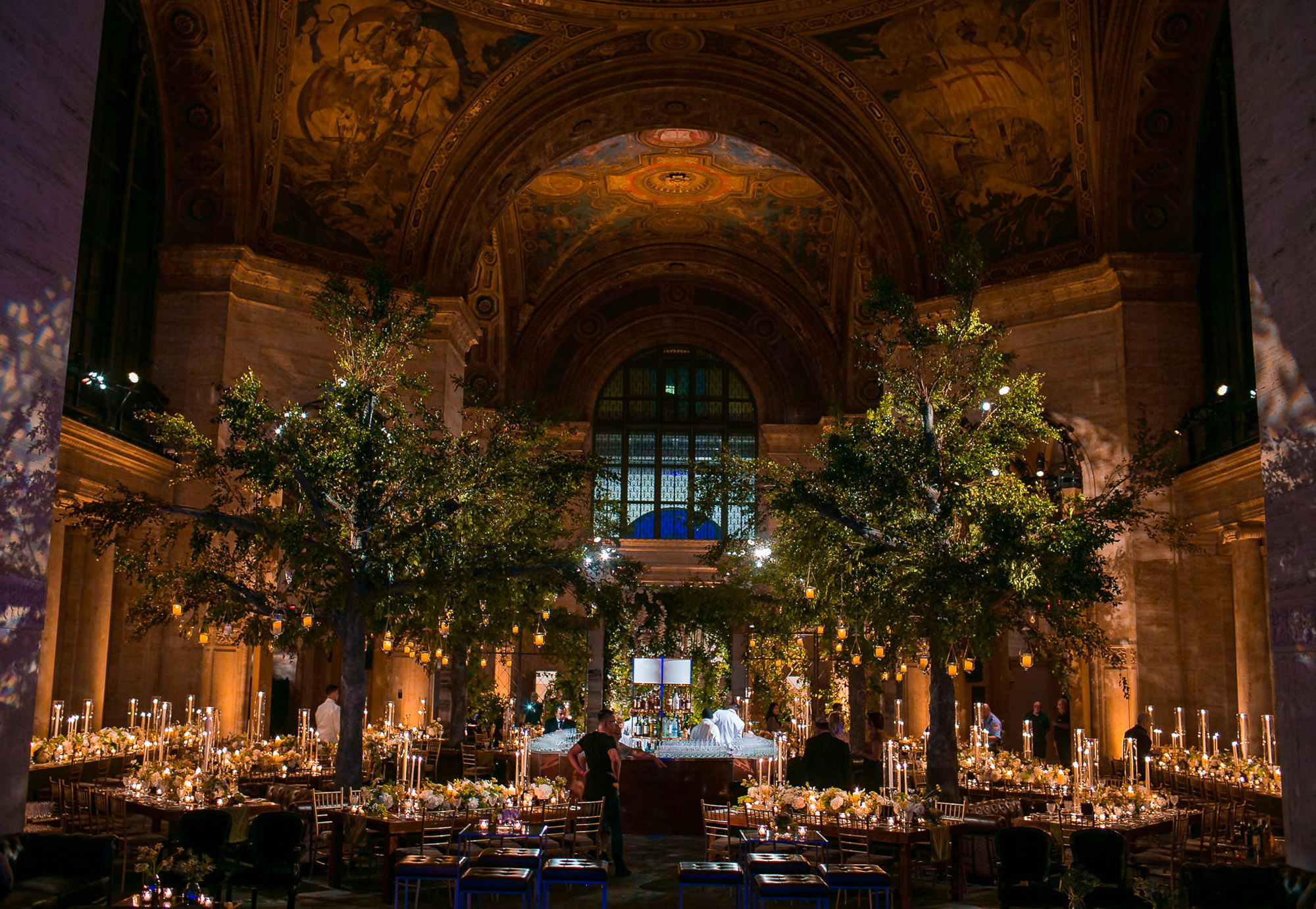Advantages of LED Display Walls Compared to Conventional Projection Technologies in Contemporary Graphic Presentations
Wiki Article
Light Emitting Diode display walls have grown progressively popular in various environments, such as educational institutions, corporations, and entertainment locations. These sophisticated visual technologies offer several advantages over conventional projection systems. Recognizing these benefits can help organizations make knowledgeable decisions about their visual requirements. This piece will explore the key benefits of LED video screens, including luminosity, image clarity, adaptability, maintenance, and power conservation.
One of the key significant advantages of Light Emitting Diode video walls is their luminosity. LED technology produces lively and bright pictures that can be easily viewed in various lighting environments. Unlike traditional projectors, which can struggle in brightly lit settings, LED video screens maintain their clarity and color precision even in bright spaces. This makes them perfect for outdoor activities or places with large windows. The high luminosity levels ensure that the content displayed is always clear, making it simpler for viewers to engage with the data being shown.
In addition to luminosity, Light Emitting Diode display walls provide superior visual clarity. They offer greater definition and improved color rendering compared to traditional projection systems. This means that pictures and videos displayed on an LED screen appear crisper and more detailed. The pixel concentration of Light Emitting Diode screens allows for near viewing without sacrificing sharpness, which is particularly crucial in environments like exhibition shows or conferences where attendees may be close to the display. Furthermore, LED technology can produce deeper dark tones and more intense colors, enhancing the complete visual impression.
Flexibility is another key benefit of Light Emitting Diode video screens. These technologies can be configured in multiple dimensions and forms to fit different areas and design requirements. Unlike traditional projection systems, which require a specific spacing from the screen to function properly, Light Emitting Diode display walls can be installed in a range of environments. They can be curved, arranged, or even used in creative arrangements to create distinct display presentations. This adaptability allows companies to tailor their display exhibits to suit their specific requirements, making Light Emitting Diode display screens a flexible choice for any environment.
Maintenance is also a critical consideration when comparing Light Emitting Diode display walls to traditional projection technologies. Light Emitting Diode screens generally require less maintenance over the years. Conventional projection systems often need lamp replacements and routine cleaning to maintain optimal functionality. In contrast, Light Emitting Diode tech has a longer lifespan and does not require regular replacements. This lowers downtime and upkeep expenses, making Light Emitting Diode video walls a more economical solution in the long run. Companies can concentrate on their presentations rather than worrying about the maintenance of their visual technologies.

Finally, power efficiency is an important factor for many organizations. LED display screens consume fewer power compared to traditional projector technologies, which can lead to substantial reductions on power bills. This is especially advantageous for businesses and locations that use displays for extended times. Additionally, the lower energy consumption of Light Emitting Diode technology contributes to a lowered environmental impact, making it a more eco-friendly choice. By choosing LED display screens, organizations can enjoy premium visual screens while also being mindful of their power use and environmental footprint.
In conclusion, LED display screens offer many advantages over conventional projector systems. Their luminosity, visual quality, adaptability, minimal upkeep requirements, and energy efficiency make them an superior option for modern visual displays. As technology continues go to this web-site to progress, Light Emitting Diode display screens are likely to become even more common in various settings, providing companies with the tools they need to effectively communicate and engage with their viewers.